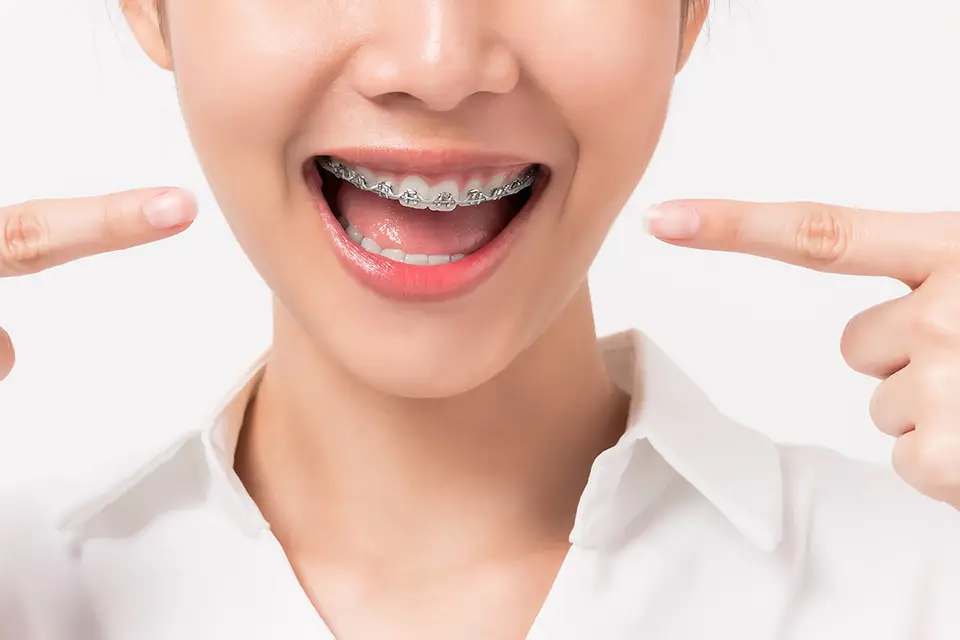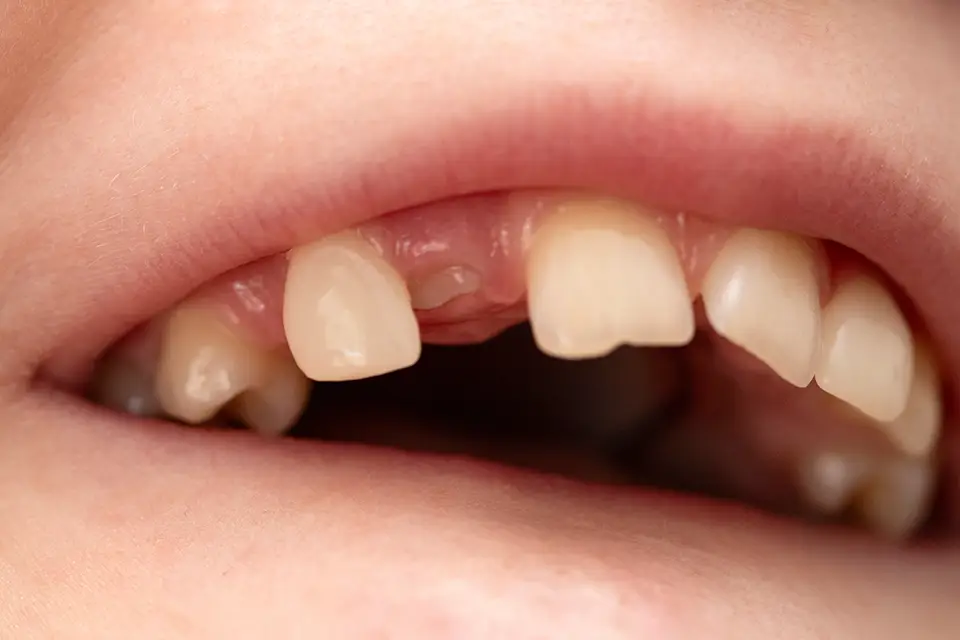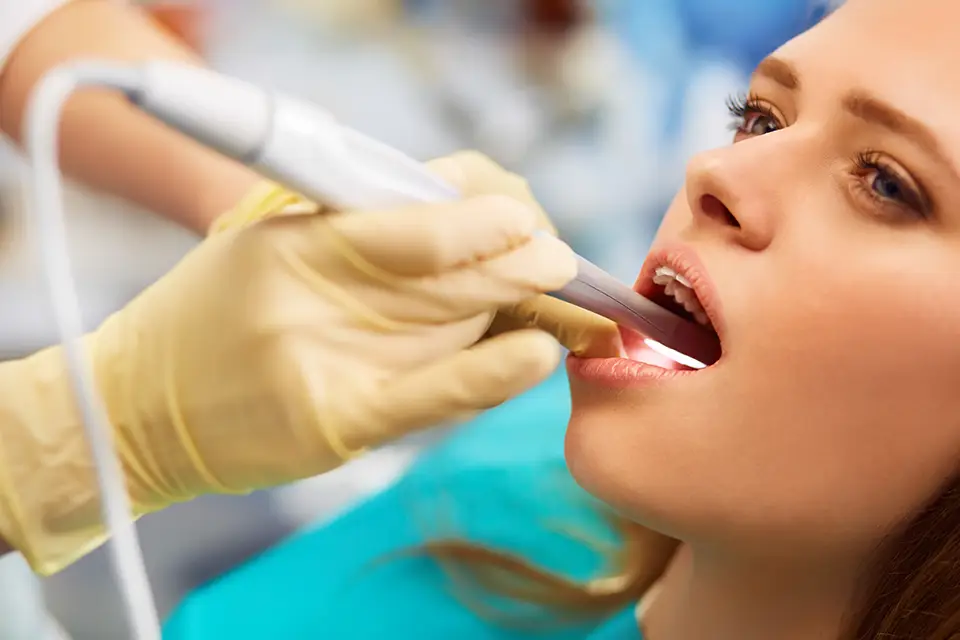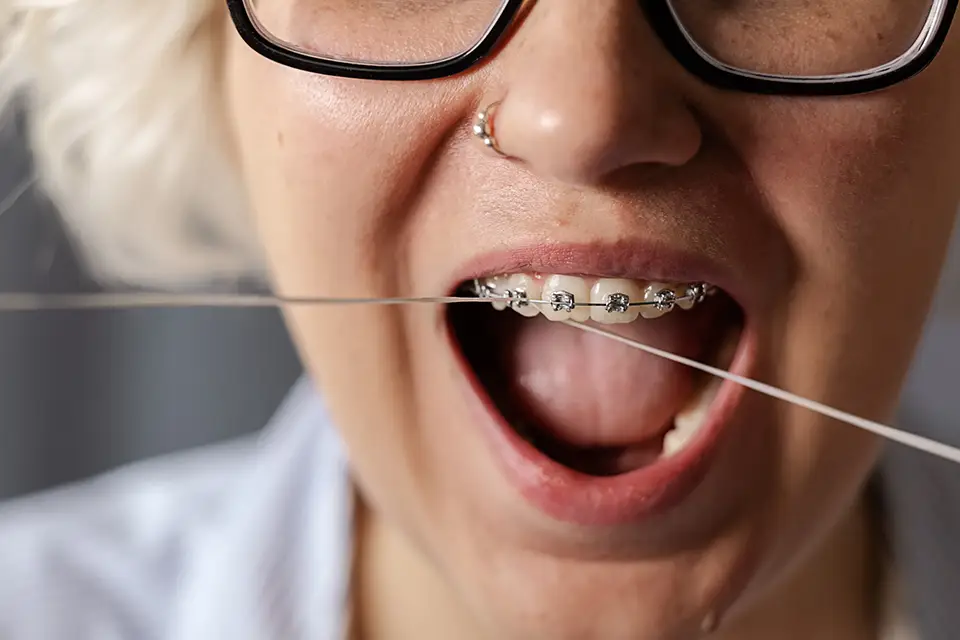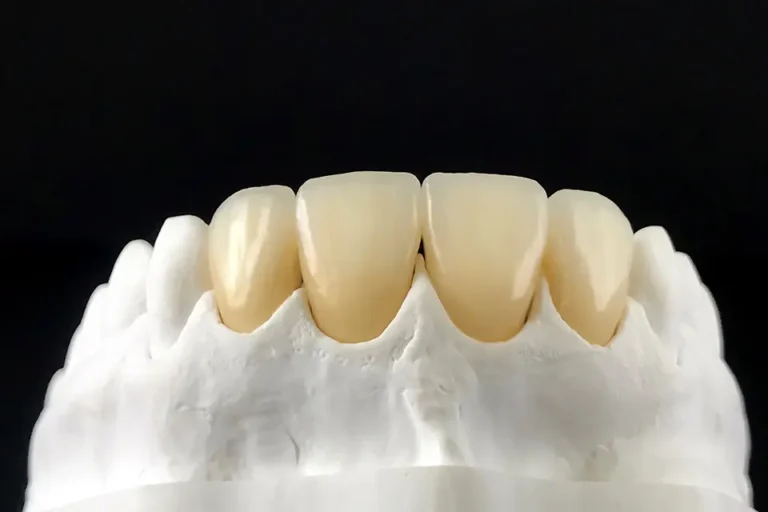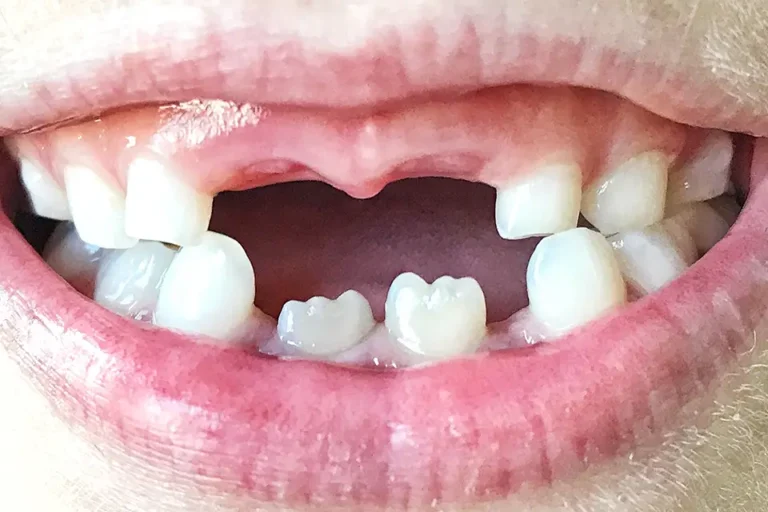Maintaining oral hygiene is not just important; it’s crucial, especially when wearing braces. Food particles can easily get trapped in braces, making it more challenging to clean your teeth properly and increasing your risk of gum disease and plaque accumulation. Moreover, flossing, a crucial part of oral hygiene, is more difficult with braces but possible. Furthermore, this guide will explore the various types of floss and flossing tools available for braces and provide a step-by-step method for keeping your teeth and gums healthy throughout your orthodontic treatment.
Types of Floss and Flossing Tools for Braces
- Traditional Dental Floss: This is a thin, flexible thread used to clean between the teeth by removing food particles and plaque. While effective, it can be challenging to use braces if you have additional tools such as floss threaders.
- Floss Threaders: They are flexible plastic devices that guide dental floss under the primary wire of braces. In addition, they make navigating the brackets and wires easier and allow access to all areas between the teeth.
- Water Flossers: They are also known as oral irrigators, are powerful tools for cleaning the spaces between the teeth and along the gum line with a pulsating water stream. Also, they are handy for people who wear braces, as they can easily reach areas that traditional floss may miss, providing a thorough and effective clean.
- Orthodontic Floss: This is designed specifically for people with braces. Moreover, its stiff end makes threading under the main wire easier, and its spongy section cleans around brackets and wires.
How to Floss with Braces
Preparation
Before you start flossing, gather all the necessary tools: floss, a floss threader, and, if you prefer, a water flosser. In addition, the process will be more efficient and smoother if all the required items are readily available.
Using Traditional Floss with a Floss Threader
- Step 1: Cut a piece of floss about 18 inches long. This length provides enough of it to use a clean section on each tooth.
- Step 2: Insert it through the threader. Additionally, this will make guiding it under your braces’ primary wire easier.
- Step 3: Guide the threader under the braces’ primary wire. Pull the floss through carefully, ensuring it is under the wire but not wrapped around it.
- Step 4: Gently slide floss between your teeth, bending it up and down. Curve it around each tooth to reach below the gum line.
- Step 5: Repeat the process with each tooth. Additionally,do it in a new section each time to avoid transferring plaque and debris.

Using A Water Flosser
- Step 1: Fill the water flosser reservoir with lukewarm water. Moreover, this provides a more comfortable experience while assisting in effectively removing debris.
- Step 2: Begin with the lowest pressure setting. This is necessary in order tto avoid discomfort or damage to your braces or gums.
- Step 3: Lean over the sink and place the tip in your mouth. In addition, this helps to prevent a mess as the water flows out.
- Step 4: Turn on the flosser and move the tip along the gum line and between the teeth. Pay special attention to the areas around the brackets and wires to ensure thorough cleaning.
Using Orthodontic Floss
- Step 1: Cut a piece of orthodontic floss. Use a length similar to traditional one, approximately 18 inches.
- Step 2: Thread the stiff end under the primary wire of the braces. This design makes it easier to get around the brackets and wires.
- Step 3: Floss between the teeth just as regular one. Moreover, make sure to clean around each bracket and below the gum line.
Tips for Effective Flossing with Braces
- Be gentle: When flossing, use a gentle, steady motion to prevent damaging your braces or irritating your gums.
- Floss at least once a day: Ideally, do it before bedtime to remove any food particles and plaque that may have accumulated during the day.
- Use a mirror: A mirror can help you see what you’re doing and ensure you’re following proper technique.
- Take time: Thoroughly clean each tooth to maintain good oral health and avoid dental problems.
Furthermore, flossing with braces may seem daunting at first, but it becomes manageable with the right tools and techniques. By incorporating floss threaders, water flossers, and orthodontic floss into your daily routine, you can maintain excellent oral hygiene. If you have questions about your flossing routine, please get in touch with Zara Dental in Houston, Texas. Moreover, our team is here to help you achieve optimal oral health. Make an appointment today and take the first step towards a brighter smile!



